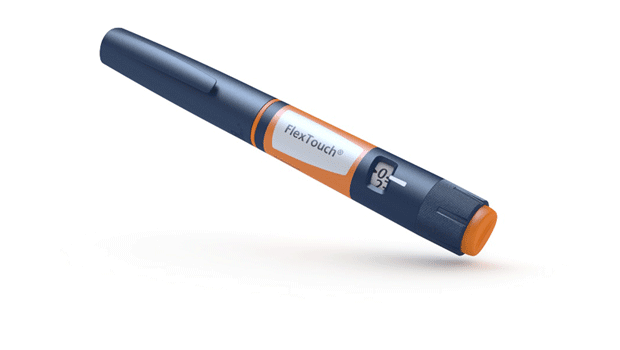JDRF and Sanofi Attempt to Reshape Insulin Therapy

How would you like fewer injections or an insulin patch to deliver the medicine that keeps you or your loved one alive each day? Two leading players in the development of diabetes therapies, one non-profit and the other for-profit, are teaming up to see if they can deliver such therapies to the marketplace.
JDRF and Sanofi have announced a $4.6 million, three-year initiative to expand development of insulins that require fewer injections and dermal patch-delivered insulin. In both cases, it’s hoped that the insulin delivered will be able to respond automatically to changes in blood sugar levels and other body metabolism signals. These advancements could dramatically reduce risks of hypoglycemia and hyperglycemia, reshaping Type 1 therapy and making insulin therapy more medically palatable for Type 2 diabetes.
This initiative is not starting at the conceptual stage; it builds on existing experimental research on insulin and insulin delivery, including work done by Dr. Danny Chou, assistant professor of biochemistry at the University of Utah. Dr. Chou was named one of four JDRF-Sanofi grant recipients in this new initiative. His research with animal models of diabetic mice has tested insulin formulated with a biochemical trigger or “switch” to only work when needed to bring blood sugar levels down. This modified insulin was delivered by syringe and dermal adhesive strip.
Another recipient of the grant money will be a team led by Dr. Alborz Mahdavi, a chemical and biomolecular engineer. Dr. Mahdavi, recipient of the 2013 JDRF GRI Grand Challenge Prize, is founder of Protomer Technologies, a California company which is focused on developing glucose-responsive insulins. In a telephone interview, Dr. Mahdavi described how Protomer Technologies is using bio-inspired approaches so that blood sugar levels can be sensed and used to activate a glucose-responsive insulin. By changing insulin’s molecular structure and introducing new biochemical agents to the mix, insulin can be deployed in the bloodstream quickly and as needed, and then return to a ready state for the next rise in blood sugar levels. Dr. Mahdavi compared it to a light switch that can turn on and off multiple times.
The research group also includes Dr. Christoph Hagemeyer, a nanobiotechnology professor from Monash University in Australia; Dr. Hagemeyer’s work in heart and diabetes health has involved targeted delivery of medications and molecular imaging. Dr. Hagemeyer will work on creating nanoparticles to produce the insulin’s glucose-sensing effect. The final grant recipient will be Dr. Zhen Gu, a biomedical engineer and professor at North Carolina State/UNC; Dr. Gu will continue work on developing a microneedle patch design for delivering insulin.
JDRF advisors spent half a year sifting through some 15 research proposals to select the final four grantees. JDRF’s partnership with Sanofi is a novel non-profit/for-profit partnership, one that comes with potential risks to the philanthropic organization’s brand, especially at a time when pharmaceutical companies are facing public ire for rising drug prices. However, the partnership also has the potential to deliver concrete advancements in Type 1 diabetes care in the near term, something critics of JDRF (including the Juvenile Diabetes Care Alliance) have wanted the organization to focus on more.
In a later article, we’ll consider how a strategic business alliance such the JDRF-Sanofi grant program reflects the evolution of the medical research philanthropy model.
An earlier version of this article stated the figure for this initiative at $4.5 million; it is $4.6 million. Also, due to an editorial error, it was implied that Dr. Alborz Mahdavi was working with the University of Toronto and Caltech and would be working alongside Dr. Chou; neither are accurate. It also mischaracterized a quote from Dr. Mahdavi. We regret the errors.
Thanks for reading this Insulin Nation article. Want more Type 1 news? Subscribe here.
Have Type 2 diabetes or know someone who does? Try Type 2 Nation, our sister publication.







